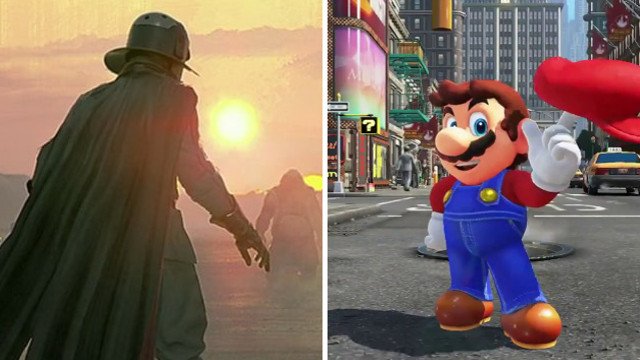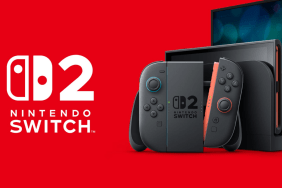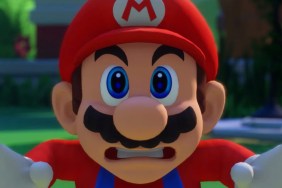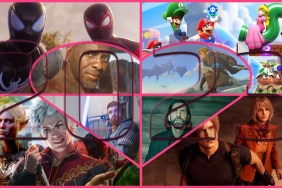It’s weird seeing the gaming discourse of the week revolving around the apparent “death” of single-player video games, all while you’re dressed head-to-toe in Super Mario Odyssey merch and sat by your front door, legs crossed and waiting for your copy of the game to arrive. But thanks to a new development from EA that’s the position I’ve found myself in today, with many bemoaning the apparent death knell of single-player games as a result of them being usurped by “games as a service.”
EA announced yesterday that they’re shutting down Visceral, the studio behind the Dead Space series and an upcoming single-player Star Wars game. As part of this unfortunate announcement, EA also revealed that the Star Wars game would be moved over to a different studio, with the implication being that it would no longer be a single-player, story-driven experience.
“It has become clear that to deliver an experience that players will want to come back to and enjoy for a long time to come, we needed to pivot the design,” EA’s Executive Vice President Patrick Söderlund wrote in a statement. “We will maintain the stunning visuals, authenticity in the Star Wars universe, and focus on bringing a Star Wars story to life. Importantly, we are shifting the game to be a broader experience that allows for more variety and player agency, leaning into the capabilities of our Frostbite engine and reimagining central elements of the game to give players a Star Wars adventure of greater depth and breadth to explore.”
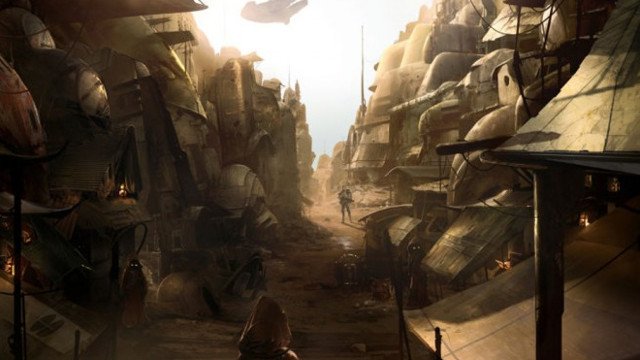
After this announcement many on Twitter began discussing how this move was emblematic of a shift away from single-player games altogether, and that the profits to be gained from online-focused releases complete with microtransactions and DLC would soon greatly overshadow the development of offline games. After all, why would publishers seek to invest in single-player games if the alternative could make them so much money?
Also: 7 Things We’ve Learned From the First Super Mario Odyssey Review
From top-to-bottom EA is a company that specializes in games that can continue to make them money until their next iteration rolls around. Their EA Sports titles carry Ultimate Team modes, which blend sports management with a collectible card game, while many of their other franchises are competitive multiplayer games designed to have great replay value and room for further DLC / microtransactions. In hindsight, that they were even looking to deliver a single-player Star Wars experience in the first place was surprising, when you consider the various other bank-busting directions the Star Wars IP could be taken.
But I ask myself, while wearing a Bowser-themed knitted cardigan and holding onto my Yoshi plushy: if single-player games are dying, then why have I woken up in a cold sweat in the middle of the night for the past seven days, in anxious anticipation of being able to dress Mario up as a chef?
Making your bed and then complaining when you have to lie in it
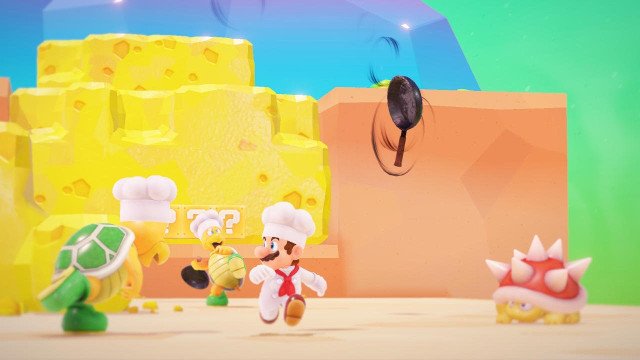
Though I’m being slightly facetious by referencing Super Mario Odyssey given Nintendo’s pedigree (obviously not every publisher can expect to draw in Mario numbers), in many respects triple-A publishers struggle to break even with single-player games because of a problem that they’ve helped to create, and one which Nintendo has never replicated — an unassailable level of over-expectation in regards to the numbers that single-player games should supposedly achieve.
It’s clear that the budgets allocated to [single-player games] routinely don’t match up with the end result.
We’re routinely told how games are so much more expensive to make now, hence the high rate of failure for single-player games that aren’t conducive to the peddling of microtransactions and copious amounts of DLC. However, we’ll then see yet another game in which photo-realistic visuals and dollar signs are pushed to the forefront of their presentation, perpetuating a belief that bloated budgets are a requirement for story-driven games. The fervor surrounding Super Mario Odyssey and the praise received by many other single-player games this year shows that there’s a significant audience for offline games, but it’s clear that the budgets allocated for them routinely don’t match up with the end result.
The counter-argument to this is simple: “But with the new technology required to create modern video games, it’s difficult to lower budgets.” However, this has been disproved by the recent Hellblade: Senua’s Sacrifice, with Ninja Theory able to push out a game that still looked gorgeous on a budget that ensured it would break even if it sold just 200,000 units. “We’re taking our work on Hellblade as an opportunity to question the way the games industry has always done things,” Ninja Theory’s Dominic Matthews said in a developer diary (via GamesIndustry.biz). “To see if there’s a better way, a more streamlined way. To create amazing quality on a smaller budget.”
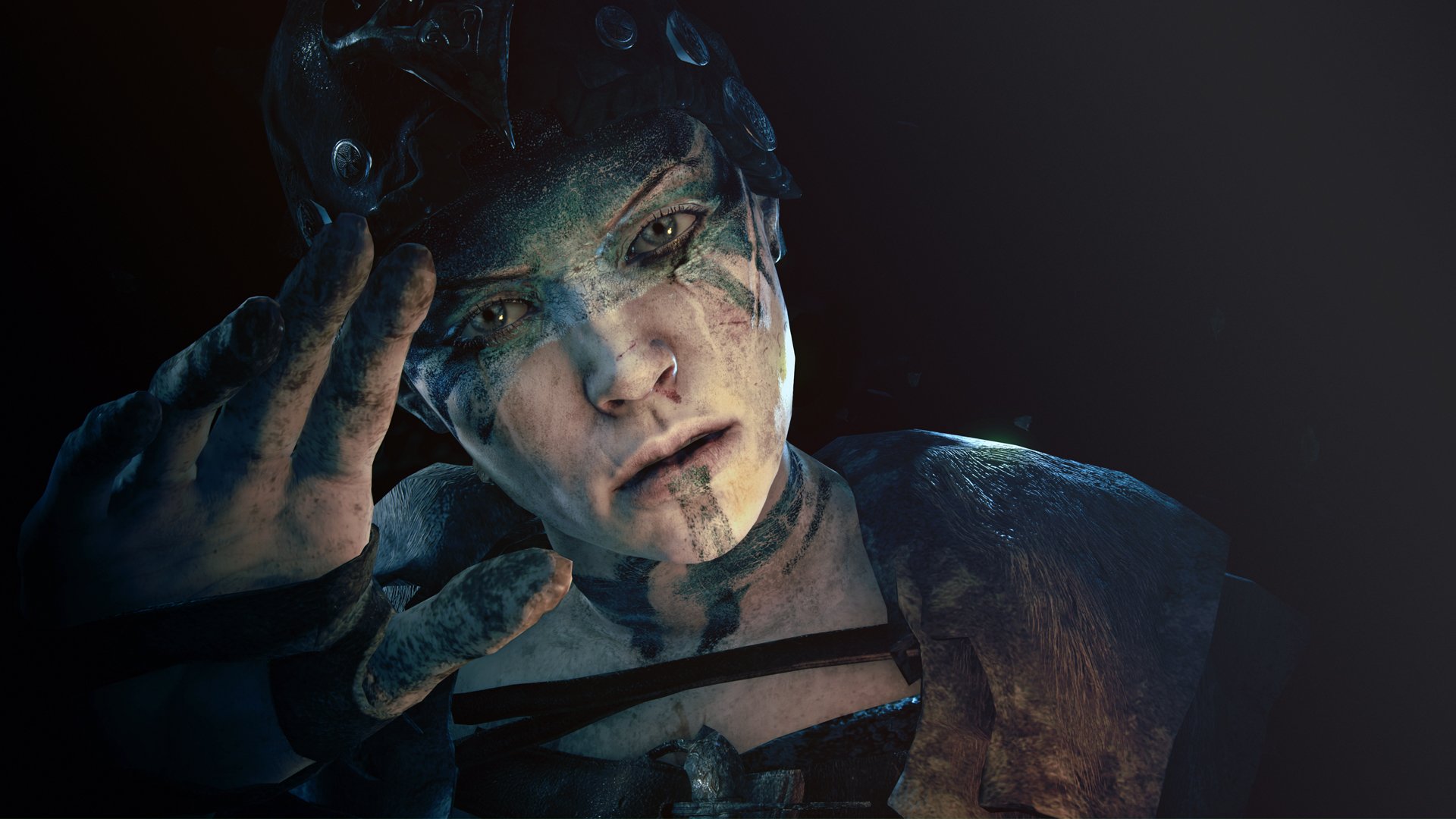
Replicating Hellblade‘s development process across different properties would obviously require work, and its incredibly achievable targets wouldn’t be manageable across every franchise. However, it’s clear that the current business model of forcing money into a single-player game and then being disappointed when it doesn’t pull in Skyrim sales isn’t working. This has been indicated on numerous occasions in the past, with this year’s Resident Evil 7 achieving the third most successful launch in the franchise’s history but then falling short of the company’s optimistic 4 million sales target, before being given yet another bullish goal of 10 million cumulative sales across its lifetime (Resident Evil 5 still hasn’t hit this mark after 8 years and various re-releases).
It’s clear that this approach needs to change, and this doesn’t simply mean inserting microtransactions into games where they’re not necessary. Though the prioritization of blockbuster, online-focused games is difficult to argue against, the speculation that these will become the only games developed by triple-A publishers such as EA is difficult to get on board with, when you consider just how quickly ideas grow stagnant in this industry. If every major publisher begins churning out Destiny-esque cash cows, it won’t be long before the money well dries up; these are short-term solutions to a long-term problem. With that being said, despite all this hysteria single-player games aren’t going to die a lonely, miserable death — but both their budgets and sales expectations need to be lowered if they’re going to remain healthy.
